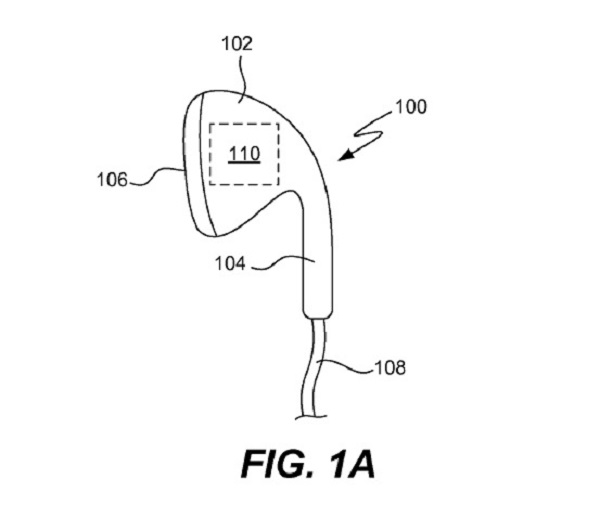
Besides the magic word from Ali Baba and the Forty Thieves, Sesame is also the name of a touch-free smartphone that could prove very useful to people who can’t use their hands.
Touch-free devices are currently being developed for disabled people only, but the truth is we’re heading to a future where we no longer use taps in order to control things. The change from hardware buttons to touchscreens, something that seems perfectly normal now, would’ve been classified as sci-fi a couple of decades ago, but the way we’re interacting with our devices doesn’t stop here. Moving our hands through midair or doing a certain gesture with our heads will trigger specific actions, and even though this sounds a bit far-fetched, I’m fairly certain that’s how it’s going to be. The Sesame touch-free smartphone is only one of the many devices that will pave that future.
Sesame Enable created this smartphone thinking that disabled people have a right to their privacy, as well. I’m saying that because in most situations, whenever these patients want to text or talk on the phone, they need to rely on someone to write the messages or dial the number and hold it as long as the conversation lasts. You know, not everyone has access to Stephen Hawking’s resources.
The developers of this phone haven’t built it from scratch. Instead, the Sesame touch-free phone is in fact a modified Nexus 5 with some special software. And some expensive software that is! From the $350 that the Nexus 5 costs, Sesame gets as high as $900.
In order to work without having to use the screen, Sesame makes use of the front-facing camera for tracking head gestures. Any movement is translated into a new cursor position. To switch the smartphone on or off, people need to use voice commands, so it seems like Sesame is always listening.
Currently featured on Indiegogo, the Sesame touch-free smartphone will get to backers in April 2015, provided that the $30,000 funding goal is reached in the next 30 days. To secure one for yourself, you need to pledge at least $900, half now and half at the time of delivery.
The noble intention of Sesame Enable may meet its end unexpectedly, as touch-free devices are known for their lack of precision. On top of that, I still can’t get over how expensive Sesame is…
Be social! Follow Walyou on Facebook and Twitter, and read more related stories about the Leia display system that lets you interact with midair projections, or these eerie projections of deities on trees.
